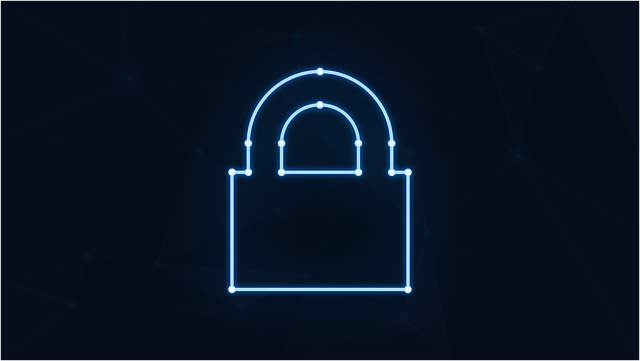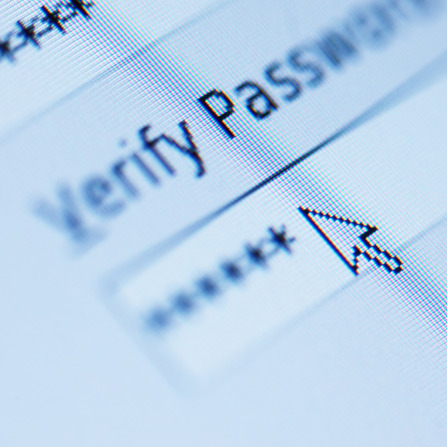5 Business Cybersecurity Threats That Are Often Overlooked

Most of us know the basics of cybersecurity – create strong passwords, use anti-virus software and take care when interacting with suspicious emails.
However, there’s a lot more to cybersecurity.
Below are some of the threats that businesses can often overlook, and how you can stay protected against them.
1. Insecure applications
Applications that are insecure could put you at risk from attacks by hackers. You can avoid using such software by only using applications from trusted developers and by making sure that you’re regularly installing updates.
Never continue using an application once it has become unsupported – at this point, it will stop receiving updates and will become vulnerable to new cyber threats.
When it comes to custom applications, make sure to invest in your own application security. What is application security? This includes things like bot attack defense, adding multi-factor authentication, and using encryption.
There are companies that can help you implement this.
2. IoT technology
IoT (Internet-of-Things) technology is becoming more commonly used by businesses. This includes various machines and devices that are connected to the internet. Some of these machines and devices do not have the same robust software as computers, which can leave them more vulnerable to cyberattacks. Something as simple as a smart kettle could be used to hack your company if you’re not careful.
Take care when choosing IoT technology to implement into your business. More modern solutions are likely to be more secure than older IoT technology. Keep the software on these gadgets updated and use super strong passwords to make it harder to hack these devices. Businesses should also take precautionary measures to educate how team members can secure mobile device that they use for work purposes.
This can be done with the help of a cybersecurity firm as they can implement mobile device management solutions, regularly update software, and educate users on cybersecurity best practices.
3. Remote workers
Your office may have a secure internet connection and secure devices. But what about the work environments and work tools of your remote workers? Are they using secure internet connections and secure devices?
It could be worth enforcing that all remote workers use a VPN while working to ensure that no data is left vulnerable to attacks. When using the cloud to share sensitive files, you should meanwhile use a secure cloud storage option made for businesses.
With extremely sensitive information, you may even want to limit remote work and encourage workers to come into the office.
4. Insider attacks
Data is not always stolen by outsider hackers. Sometimes it is leaked by insiders such as your staff or visitors. This is the type of threat that many businesses don’t consider.
You can prevent people inside your business from leaking your sensitive information by carefully controlling access to things like password lists and account details.
Only allow your most trusted employees access to sensitive information. Additionally, using smime certificates can help secure internal communications by encrypting emails, ensuring that sensitive data cannot be accessed or shared by unauthorized individuals.
Running thorough background checks on employees and screening visitors can also keep your data secure. Likewise, it would be a wise idea to create a cyber security response plan beforehand to tackle any mishaps.
5. Lack of cybersecurity training
Many cybersecurity measures are only effective if your staff is trained on how to implement them. For example, many companies have tools for deflecting ransomware attacks, but these still need to be manually activated. If your employees do not know how to use these tools, they won’t be effective in the event of a cyberattack.
Make sure that you spend time training your staff so that they know what to do when faced with cyber threats.






